Cats hide their ailments well, and you may only notice a problem when it is far advanced. So keep an eye on your pet, and note when anything in her normal behavior changes.
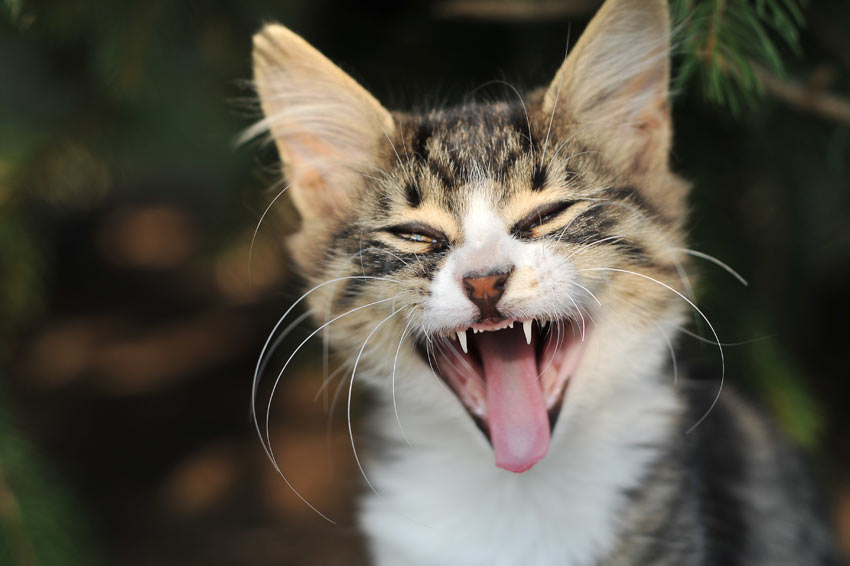
A beautiful young kitten yawning with its mouth wide open
These are signs that she is definitely unwell, and requires immediate medical attention:
- Wounds
- Collapsing or fainting
- Convulsions
- Vomiting several times
- Diarrhea more than twice in succession, or when it contains blood
- Unsuccessful attempts to urinate, after straining to do so
- Noisy or obstructed breathing and panting
- Refusal to eat or drink
- Greatly increased appetite
- Dehydration – you can test this by gently pinching her skin. In a healthy cat it will spring back; in a dehydrated cat it will stay ‘pinched’ and bunched up
- Thick discharge from the eyes and/or nose
- A lingering limp
- Excessive drooling
- Vocal changes
- High temperature – symptoms include lethargy, unwillingness to move, and very hot ears
- The third eyelid showing (the one that moves horizontally across a cat’s eye)
- Cold ears, nose, paws
- Rapid heartbeat and panting/shallow breathing
- Paler-than-usual eyes, lips or nose – often a sign of shock
Handling an Ill Cat
The cat might be docile due to illness, or may be stressed and afraid. In the latter case, pick her up by wrapping her in a towel. This will help her feel safe and relatively comfortable, will prevent her lashing out with claws or teeth, (something a cat in pain is likely to do), and keep her warm.
Speak to her quietly, and move her quickly to a box, crate, or blanket in a warm place. Be careful with any obviously injured parts of her body. Use a clean towel or dressing on any wound, but don’t try to remove foreign objects (such as nails) or apply a tourniquet. Leave these matters to a vet.
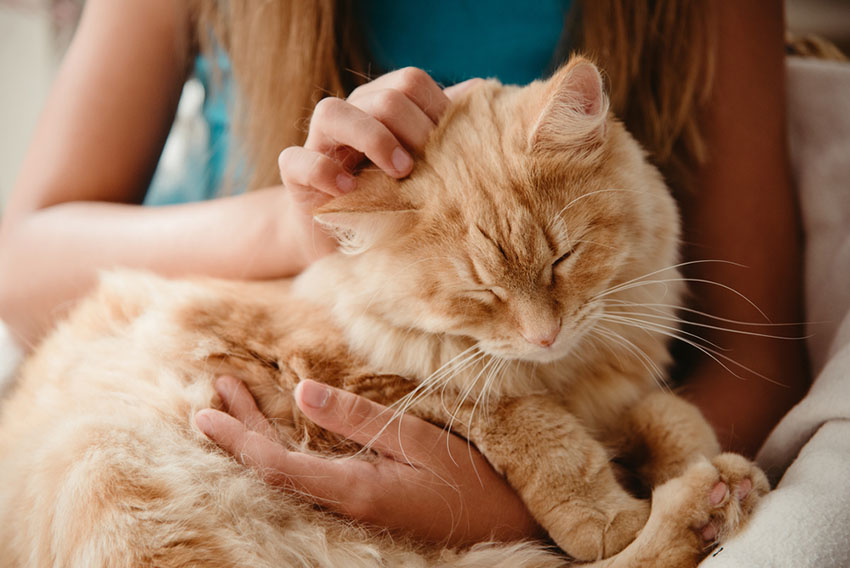
Handle her correctly, and your cat will be nice and relaxed for a quick examination
Checking Your Cat’s Eyes
Cats are visual creatures, relying on their great eyesight. But because they also have great senses of hearing and smell, an eye problem may go undetected until it is well advanced. If you think your pet may be having problems with her vision, there are some simple tests you can do at home:
- Does the eye looks cloudy or have any visible surface scratches? If so, it will need treatment.
- Slowly move a toy or other object towards your cat’s eyes, when she is sitting. If she doesn’t seem able to focus, or doesn’t react at all, there may be a problem with her vision.
- Shine a light into your cat's eyes – nothing too bright. A healthy response is for the pupil to contract (shrink or constrict) and for the cat to blink, squint or turn away. A blind cat will show little or no reaction to a light being shined in its eyes.
- Place your cat on a chair, and see how she gets down. A cat with good eyes will jump without hesitation, but problems with vision will cause her to hesitate and reach out with her paws, trying to sense the distance to the floor before she jumps.
Checking Your Cat’s Ears
Cats have great hearing, and iconically cute ears to match! They can point them like radars to focus their hearing in a certain direction. These cool tools need to be kept clean and healthy if they are to work properly. These are some checks you can make if your cat is having any problems with her ears.
- Excessive dirt and wax are a sign that your cat is having difficulty cleaning herself, and may also indicate an ear infection. Familiarize yourself with a healthy ear, and you’ll know when things are looking bad.
- Blood, redness or inflammation are all indications of injury or infection.
- An unpleasant smell in the ear is a sign of infection.
- If your cat has itchy ears and spends a lot of time scratching them, she has probably picked up dose of ear mites.
- Speak, or make some other sound when your cat is turned away. Even better, shake a box of cat treats. If she doesn’t turn to look at you, she may have a hearing problem.
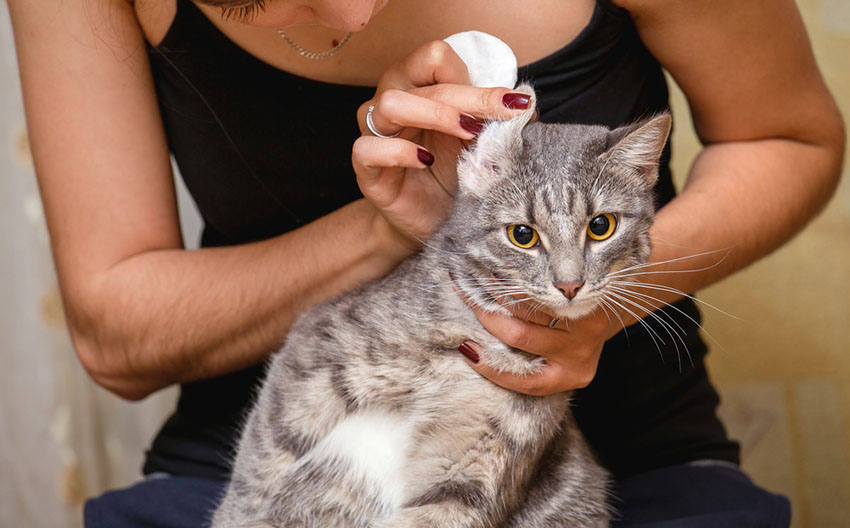
This cat is having her ears cleaned, after a treatment for ear mite
If any of the above symptoms are present then you should take your cat to the vet for a check up.
Checking Your Cat’s Mouth
It’s important to catch a mouth, tooth, or gum problem before it develops into a serious health issue. By the time you notice your cat is eating less due to mouth or jaw discomfort, the problem is already established. So, make a quick mouth check regularly.
Tooth problems tend to develop in older cats. A regular check-up at the vet’s will nip any problems in the bud. This is essential, as cats are very stoical animals and will not always give any obvious sign that they are in pain. If the dental problem lingers untreated, it may lead to more general illness, including blood poisoning.
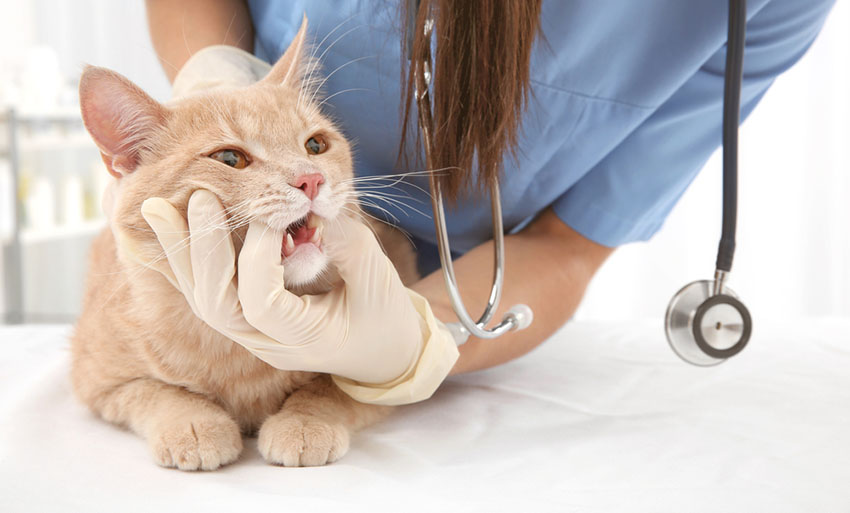
Mouth, tooth and gum check-up at the vet's
To make a mouth check:
- Make sure your cat is relaxed - the best time to check your cat’s mouth is when she is settled and relaxed on your lap.
- Lift the flaps of her gums - either side of the top jaw where the whiskers come out you can lift back the skin to expose the teeth and gums. Be careful not to put your fingers directly into her cat’s mouth as she may bite you.
- Examine her teeth and gums and take note of any changes in breath smell.
- Gum colour - Healthy gums are usually pink. Brown, black and red gums are a sign of gum disease.
- Gum recession - A cat with gum problems may show gum recession. This is where the gum moves away from the tooth and can expose the tooth’s root.
- Plaque and Tartar - If you notice plaque or tartar build up on your cat’s teeth then it’s possible that serious tooth decay is happening underneath.
- Bleeding gums - any blood on the gums or teeth is a sure sign of a serious gum problem.
- Broken or loose teeth - it's important to notice any broken teeth quickly as they can cause a lot of pain, especially if left for a long time.
- Lumps and bumps on gums - abnormal tissue growth on the gums can indicate an array of problems so best to get them checked out asap.
- Swollen gums - this usually occurs if there is an abscess in the mouth which can be very painful.
- Breath - if you notice your cat's breath is particularly stinky then this may indicate an underlying mouth problem.
- Lack of appetite, or food falling from the mouth – it hurts to eat, so the cat will avoid doing so.
- Reduced grooming – the pain in the mouth will make licking uncomfortable.
- Pawing at the face and mouth in obvious distress.
If you notice any of the above problems, call the vet.
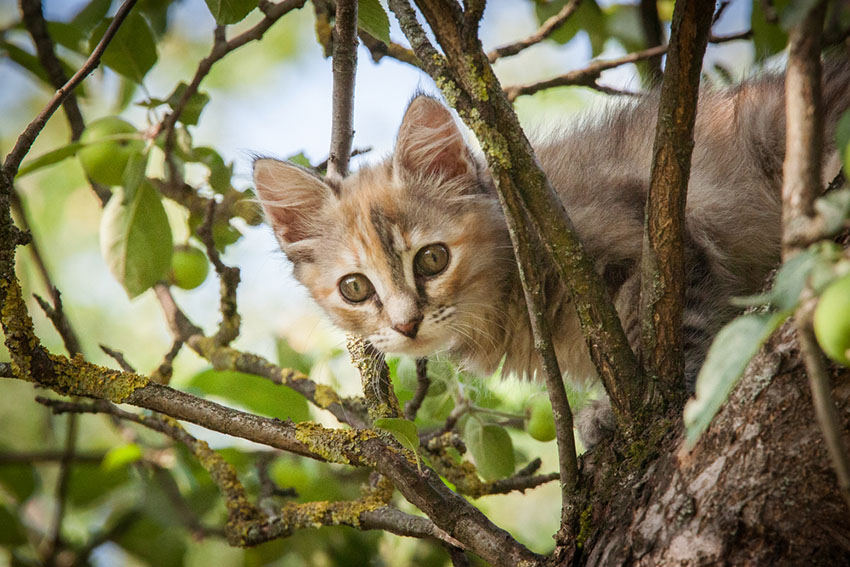
A healthy kitten is an active kitten!
Kitten Health Check
Any new kitten should be given an examination as follows:
- Eyes – These should be clear and bright (and wide open), without discharge. A kitten should be able to follow the movement of your hand with its eyes.
- Nose - This should be clean, with no discharge, dryness or blood.
- Ears – These should be clean, with no sign of rashes, crusty bits or infestations (ear mite). A kitten that is constantly scratching its ears may have problems there.
- Mouth - A healthy kitten has salmon pink gums, with neat, white, sharp teeth.
- Bottom - Any matted fur, soiling or signs of soreness are evidence that the kitten is not in great health.
- Body shape – To say a kitten should be kitten-shaped may sound blindingly obvious, but this is a check you need to make. If the cat looks lopsided or asymmetrical, or has any lumps, limps or scabs, it has underlying health problems. This does not necessarily mean it is terminally ill, but any malformation will have consequences in terms of its immediate health and/or its physical abilities as an adult.
- Eating – Healthy kittens have a good appetite. Ask the breeder or supplier what the kitten’s feeding pattern is; or, better still, watch the kitten at feeding time.
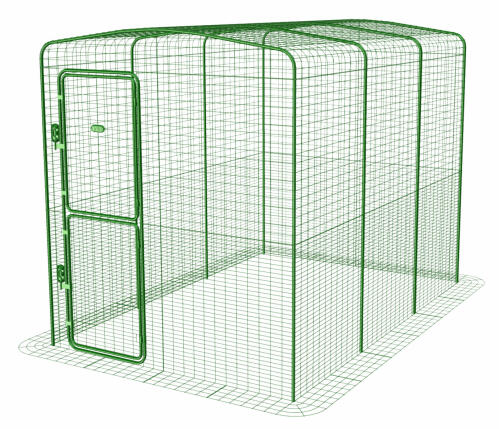
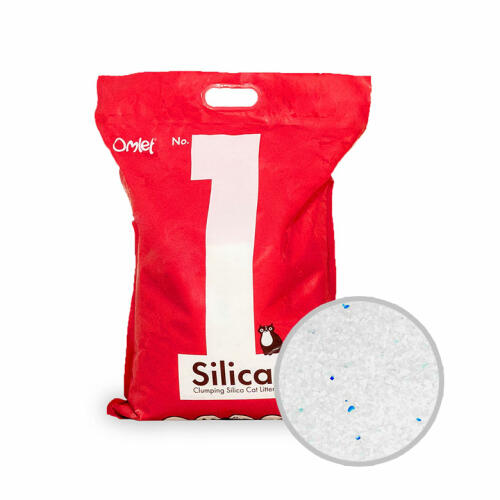
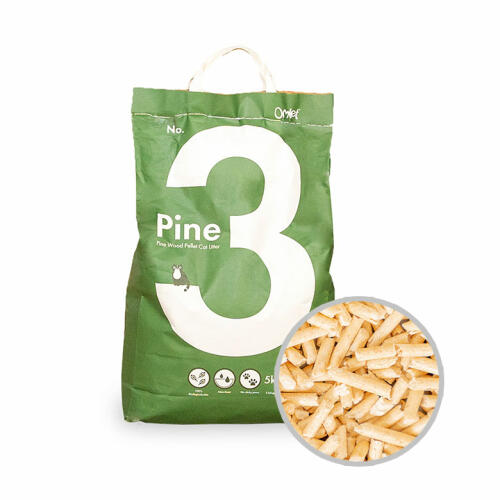
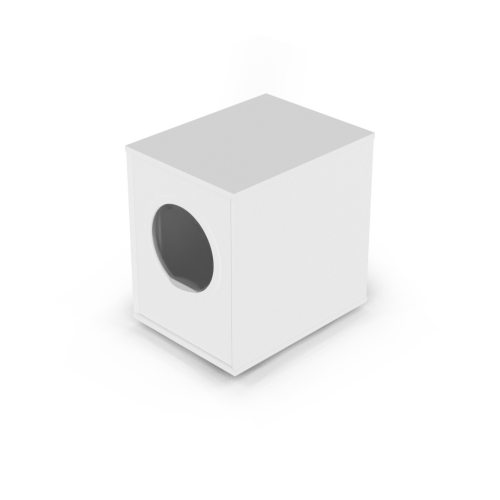
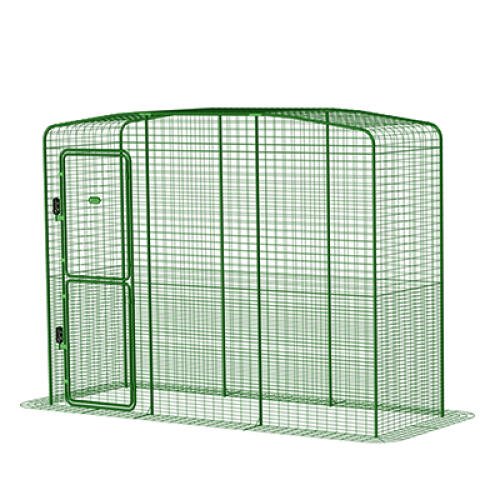
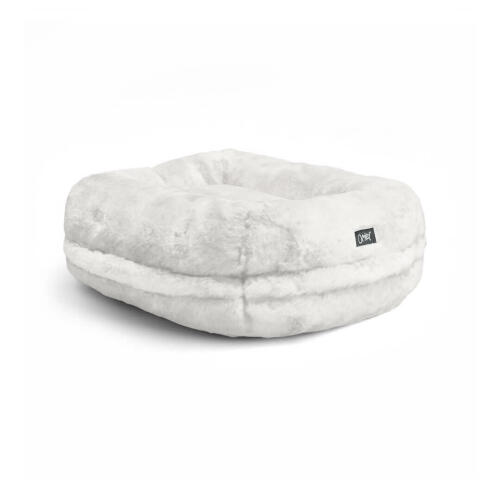
Comments
Ellen, 25 October 2018
You got my attention when you said that a cat that's refusing to eat or drink is a sign that it's actually sick. My cat has not been eating as usual since last night. I'm starting to get worried because he used to be a cheerful cat, so I'll see a veterinarian as soon as possible.